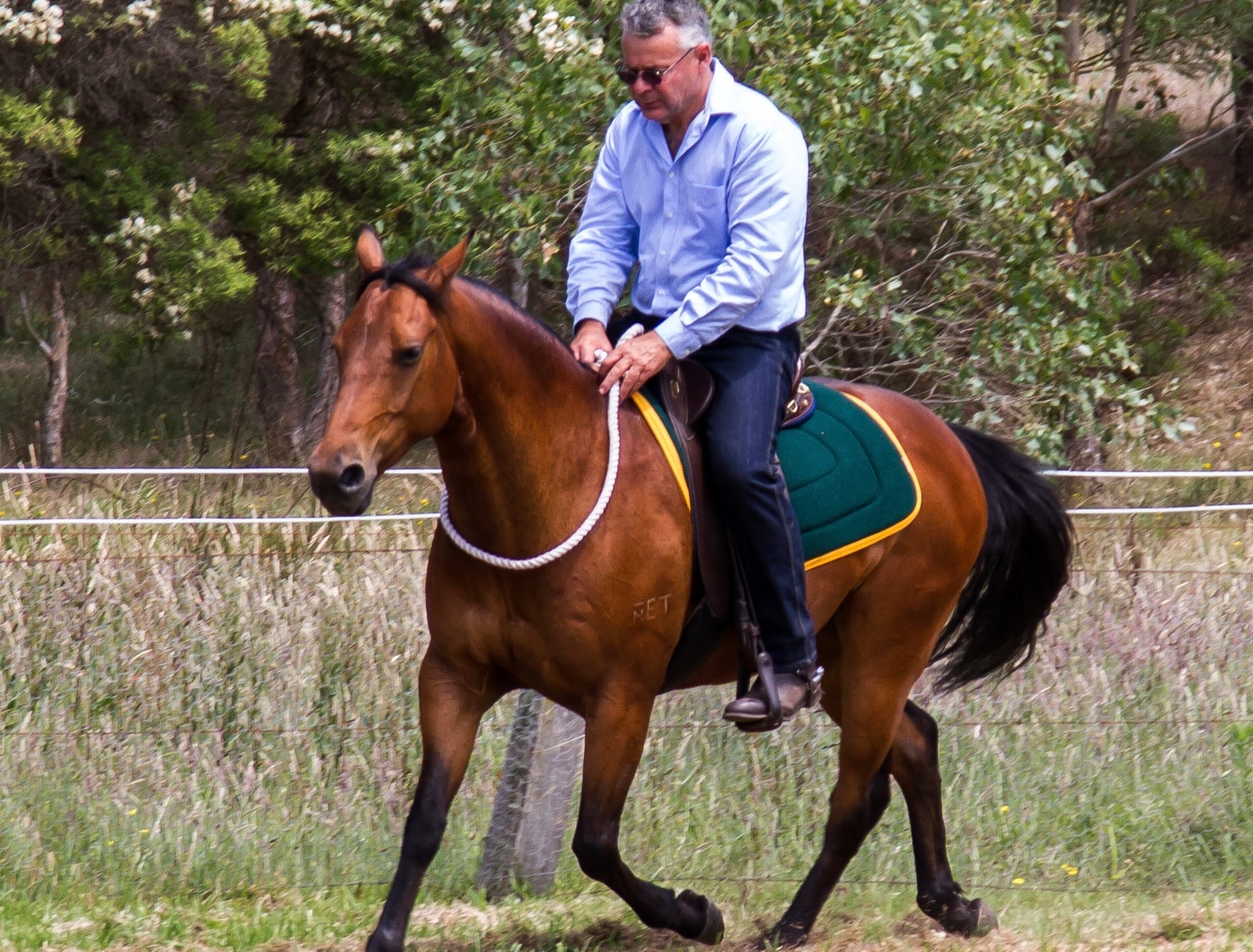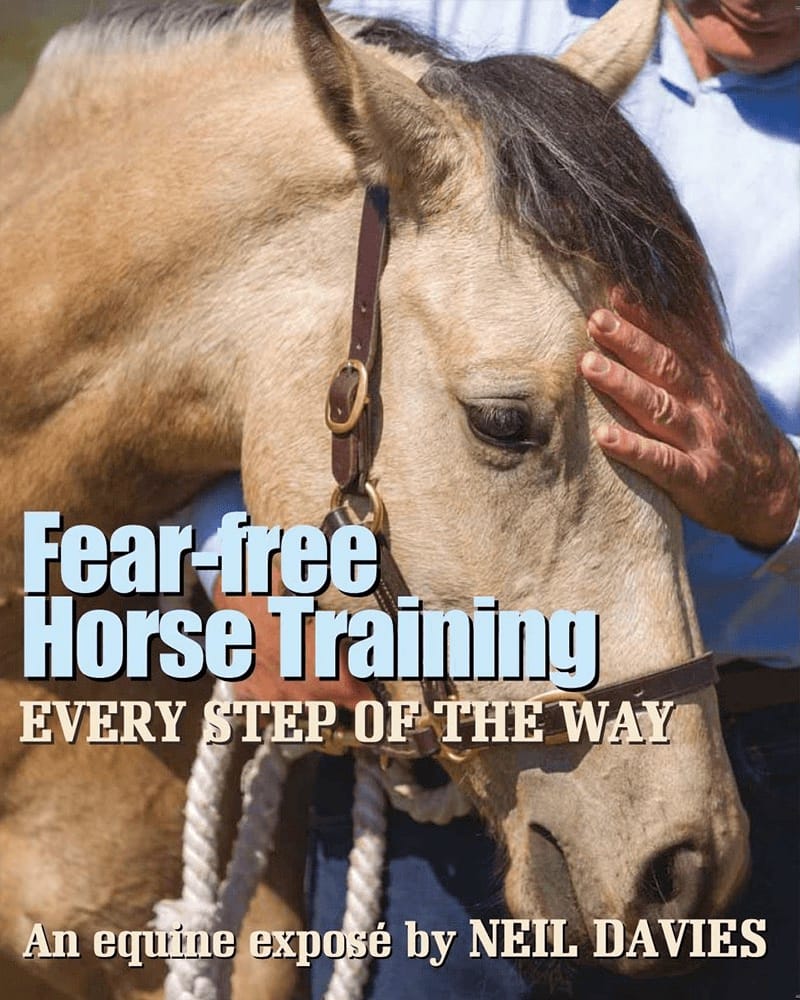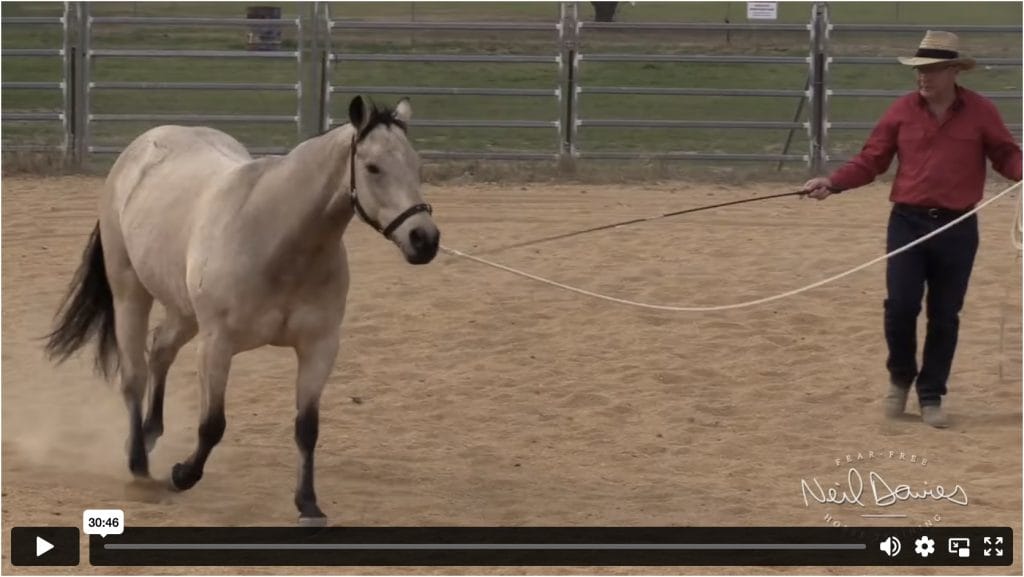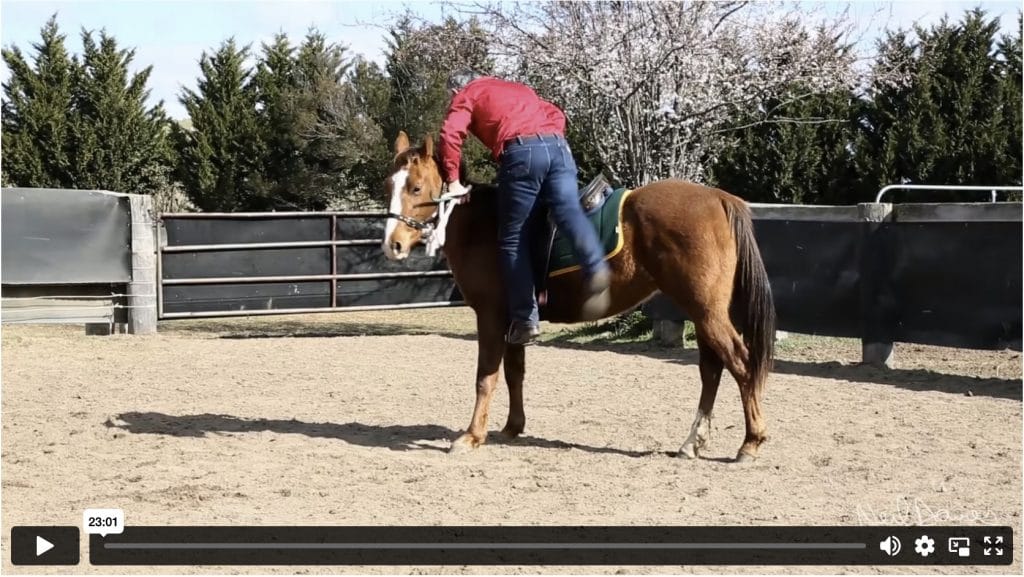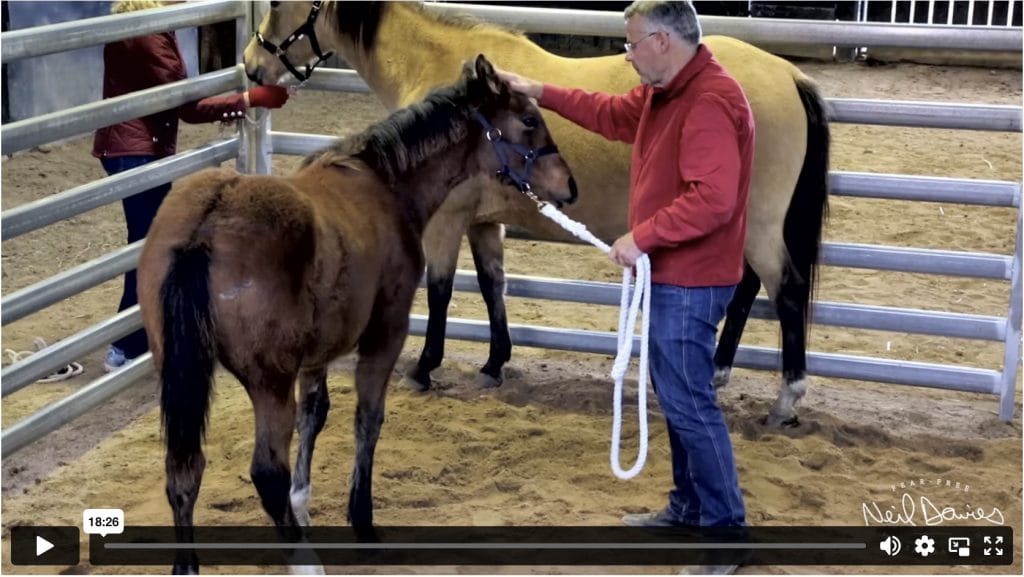When you work with your horse, you must be very careful which behaviours you reward.
It’s very easy to reward undesirable behaviours without even knowing that you’ve done so.
At a recent campdraft, I watched a lady trotting her horse around in the warm-up area.
When her horse slowed down to look at a garbage bin, the lady immediately stopped driving him forward, gave the reins to the horse and allowed him to walk up to the bin.
The horse sniffed the bin, snorted, ran sideways and the lady gathered her reins and continued on her merry way.
This horse was rewarded when he was allowed to slow down and look at the bin.
The lady stopped riding, gave the reins and allowed her horse to stop and look and do whatever he pleased.
The horse will repeat the behaviour because he’s been rewarded for it.
He learned that when he slowed down to look at something, his rider removed all pressure.
Though the lady thought that she was getting her horse ‘used to’ garbage bins, she was actually rewarding her horse for stopping and looking.
She showed her horse a way to take control and do his own thing.
Overcoming shying is often misunderstood and it’s fully explained in my book.
Here’s another example of how easy it is to reward undesirable behaviour.
It’s very common to see horses that move away two or three steps every time they’re approached.
Quite often, the trainer is oblivious to the fact that the horse has moved.
However, the horse is rewarded because he feels safer at a distance.
And so, next time the horse is approached, he repeats the behaviour and moves away.
If you allow your horse to move away when you approach him, you are in fact rewarding him.
Next time you approach, he’ll repeat the behaviour and move away.
This moving becomes an issue when it’s time for saddling.
You often see horses moving around when they’re being saddled.
If your horse attempts to move away when you approach with the saddle or when he’s being saddled, you must move with him and keep yourself in the same position in relation to his body.
You must also make things a little unpleasant for your horse by pulling the lead-rope as he moves. Immediately he stands, stop pulling.
When your horse stands for a few seconds, step away and give him a break, so that he’s rewarded for standing.
Continue in this fashion until your horse stands when you approach.
Wait a little longer each time before you step away to give him a break.
After a few repetitions, your horse will see that he’s not rewarded for moving away.
Instead, he’s rewarded for standing.
You can teach any horse to stand by using this approach.
When you handle a horse’s legs, it’s again very easy to reward undesirable behaviour.
A worried horse may kick out when the trainer moves his hand down the horse’s leg.
If the trainer takes his hand away as the horse kicks, the horse is rewarded.
From the horse’s point of view, kicking gets rid of the hand from his leg.
Just kick out and the hand goes away.
This is a reward for the horse.
At every stage of your horse’s training, always be very careful which behaviours you reward.
What you think you’re teaching and what your horse thinks he’s being rewarded for may be two completely different things.

